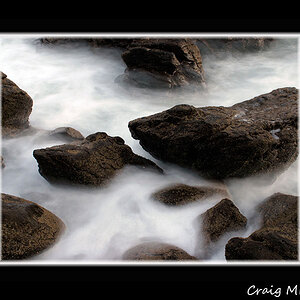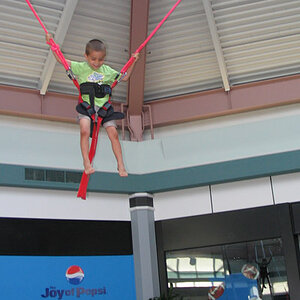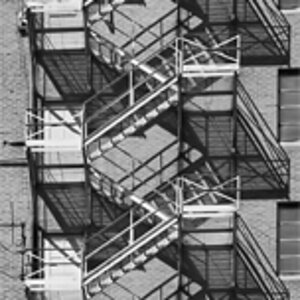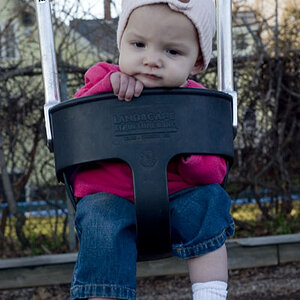battletone
TPF Noob!
- Joined
- Sep 22, 2009
- Messages
- 285
- Reaction score
- 1
- Location
- Somewhere in the lower 48.
- Can others edit my Photos
- Photos NOT OK to edit
So I have reached the point of wanting to learn to use my flash in a manner where I am in control and so I know what it is going to produce.
I have been reading up on flash compensation and it seems that it is generally something to enhance or reduce the flash power, but from everything I have read it sounds like more of an after the fact adjustment for a follow up shot. Is this correct?
In general I have felt my flash is too much rather than not enough, so I am going to shoot a bit with it at -2. But it doesn't seem that -1 or -2 is quite the same amount of exposure variation as actually exposing by a stop or two. Are these also considered stops?
Next is 2nd curtain. First thing I noticed is at slow shutter speeds there are two flashes. Are there two at faster speeds also?
For my last question right now, I don't have a speedlite, but do they allow you to set your flash for the end of the exposure?
I have been reading up on flash compensation and it seems that it is generally something to enhance or reduce the flash power, but from everything I have read it sounds like more of an after the fact adjustment for a follow up shot. Is this correct?
In general I have felt my flash is too much rather than not enough, so I am going to shoot a bit with it at -2. But it doesn't seem that -1 or -2 is quite the same amount of exposure variation as actually exposing by a stop or two. Are these also considered stops?
Next is 2nd curtain. First thing I noticed is at slow shutter speeds there are two flashes. Are there two at faster speeds also?
For my last question right now, I don't have a speedlite, but do they allow you to set your flash for the end of the exposure?
Last edited:



![[No title]](/data/xfmg/thumbnail/39/39190-ad9c6f150974752f1f888660cc52b68e.jpg?1619738907)


![[No title]](/data/xfmg/thumbnail/33/33421-38d09827e584b8381c5e3a468cdf0159.jpg?1619735961)






